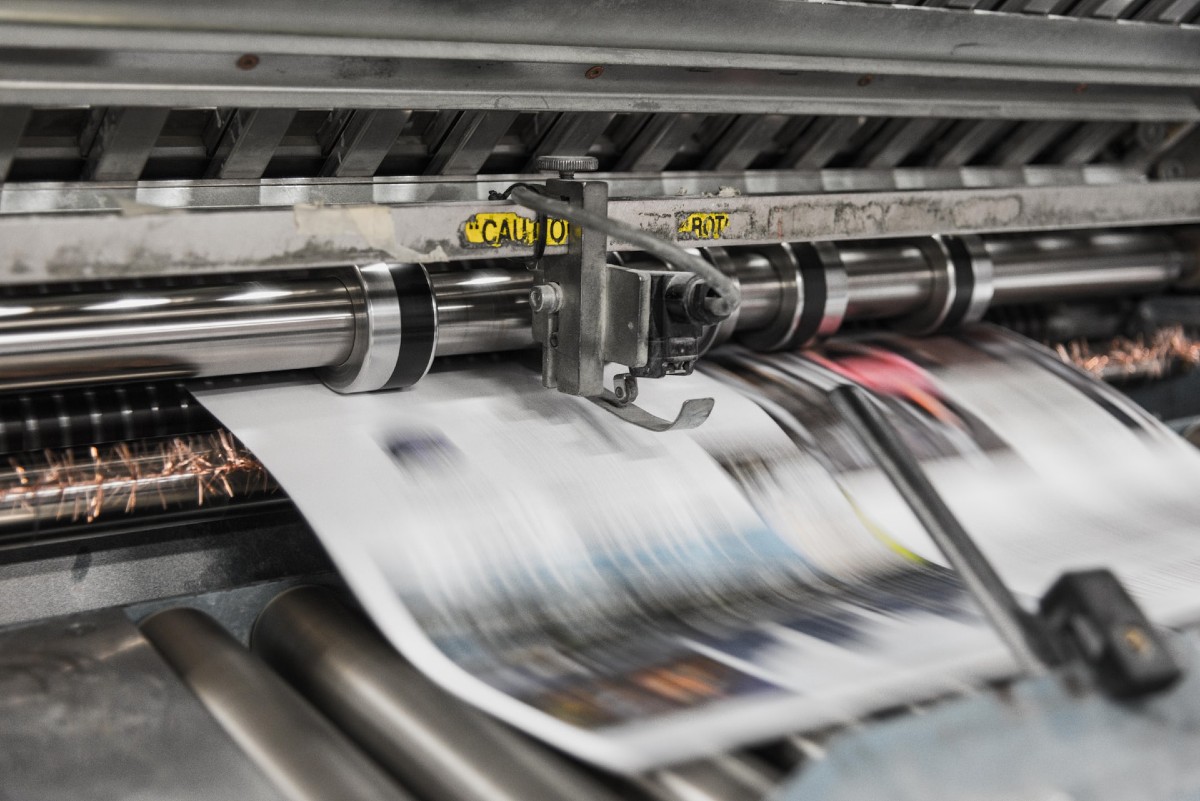By Elliott Brack
Editor and Publisher, GwinnettForum
SEPT. 28,2021 | Not too many years ago, most families took a local daily newspaper, which not only kept them up on the news, but by reading it, they became better citizens. After all, they were better informed.
![]() The Internet has changed all that, to where newspapers are a shadow of what they once were. Many newspapers have closed, or either drastically reduced their printing days.
The Internet has changed all that, to where newspapers are a shadow of what they once were. Many newspapers have closed, or either drastically reduced their printing days.
Most newspapers have sought to provide digital newspapers as a substitute. Instead, people today just simply unsubscribed. Realize that digital advertising doesn’t bring in the big dollars like the printed newspaper.
Newspapers have faded because they lost many advertising pages from the department stores, automotive, real estate and help wanted. Do you remember when the Atlanta newspaper, for instance, had three whole SECTIONS of classifieds? And big sections of single department store ads?
Don’t think for a moment that people took the newspaper only for its news. Many deeply read its advertising, if nothing else but to compare the prices of foods in the supermarkets. Many a cook has made up their mind on where to shop because of supermarket prices they saw in newspapers.
Now much advertising has vanished. Newspapers’ profitable print dollars may be gone forever. And now people are faced with getting news from far less reliable and credible sources on the Internet. One of the big advantages of stories in newspapers is that nearly all of them were read by a minimum of at least three editors. You think Facebook, Twitter and Instagram and other digital postings are vetted? Think again.
And do you think every posting you see on the Internet you can believe, and that this so-called “news” is always credible? If so, let me talk to you about the price of the Brooklyn Bridge. Or if you want something less costly, let’s talk about the Peachtree Corners bridge!
Back before I retired, the Atlanta Journal-Constitution (AJC) covered the state of Georgia well. It had more than 500 people in its newsroom, and today maybe 100. Their eight giant Goss presses churned out 600,000 Sunday editions. Even the daily edition was rolling along convincingly at 400,000 circulation.
Another story made the news recently. The AJC announced it would close its giant Gwinnett printing plant next year, and move its entire print run to the presses of The Gainesville Times. The AJC printing plant originally cost $16 million, and its eventual investment was $66 million. And now it’ll be gone, along with the jobs of more than 100 people at that plant. The AJC also printed other newspapers there (The New York Times and The Birmingham News), so this may mean that Cox Enterprises (who owns the AJC) sees no future in even printing newspapers.
Each September newspapers are required by postal regulations to print their statement of ownership and circulation. Last Sunday the AJC printed their statement. Its print product now has a paid circulation of 59,892, plus having 33,258 paid electronic subscribers, or a total daily circulation of 93,150. Their Sunday edition totals a little more, now 138,486 subscribers, paid and print. People who pay for the print edition get the electronic edition at no extra cost, with 38,993 (on Sunday) as digital subscribers. All this is a far cry from its previous whopping 600,000 subscribers in Georgia.
As someone involved all his adult life in newspapering, and now in publishing online, I must admit I never saw the decline that newspapers are going through. It’s sad, and as alluded to above, not necessarily good for the state of our democracy.
- Have a comment? Send to: elliott@brack.net










Follow Us